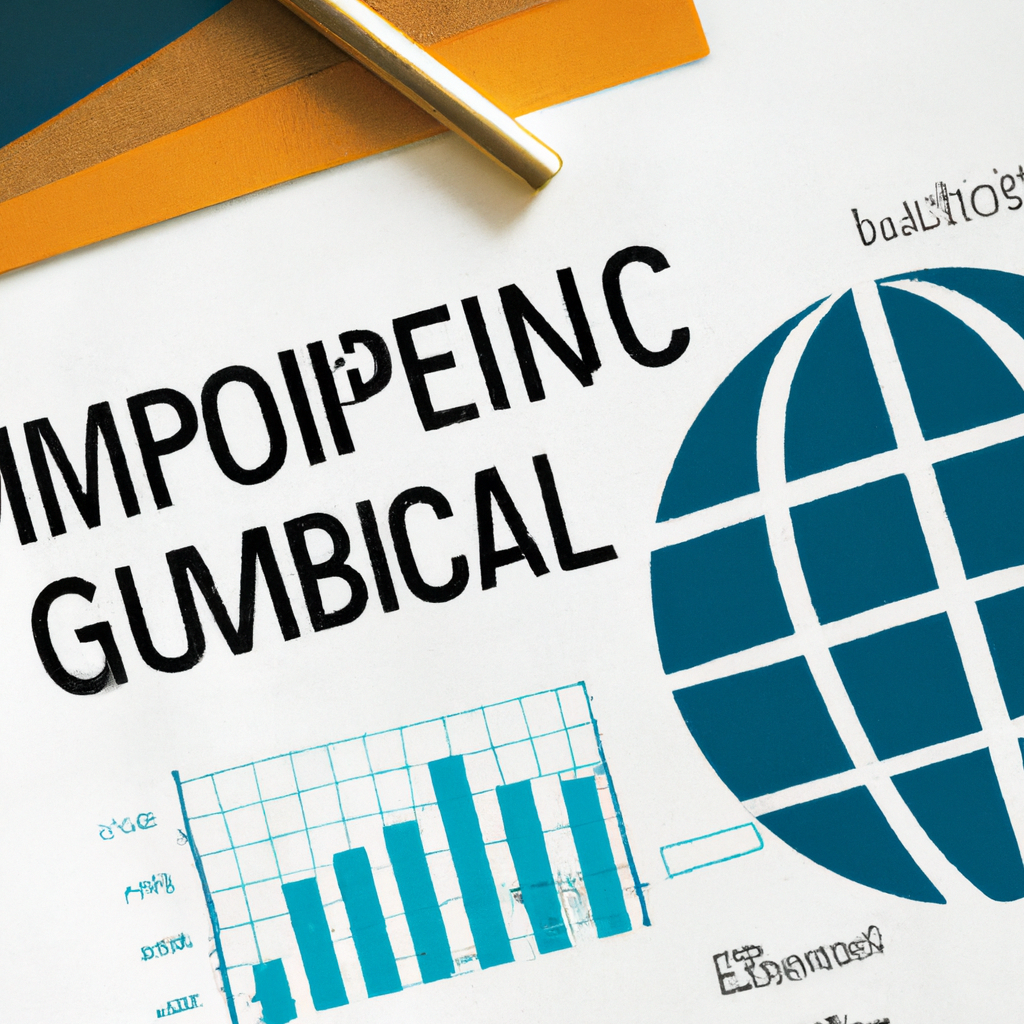Global Economic Impact Reports: Understanding the Global Financial Landscape
Introduction
In today’s interconnected world, it is crucial to understand the global economic landscape and its impact on various sectors. Global economic impact reports play a pivotal role in providing valuable insights into the financial health of nations, industries, and markets. These reports offer a comprehensive analysis of economic trends, forecasts, and potential risks, enabling businesses, policymakers, and investors to make informed decisions. Let’s delve deeper into the significance of these reports and how they shape the global economy.
The Purpose of Global Economic Impact Reports
Global economic impact reports serve as a reliable source of information for understanding the current state of the global economy. These reports are typically prepared by reputable financial institutions, international organizations, and research firms. They aim to provide an in-depth analysis of key economic indicators, such as GDP growth rates, inflation, employment levels, trade balances, and fiscal policies. By examining these indicators, analysts can assess the overall health of an economy and identify potential risks or opportunities.
Key Components of Global Economic Impact Reports
1. Macroeconomic Analysis:
– GDP Growth Rates: This section examines the overall growth rate of a country’s economy, indicating its performance and potential for expansion.
– Inflation Rates: Inflation measures the rate at which prices of goods and services increase over time, impacting consumers’ purchasing power and businesses’ profitability.
– Unemployment Rates: This indicator reflects the percentage of the workforce that is unemployed, providing insights into the labor market’s health.
– Trade Balances: Trade balances highlight the difference between a country’s exports and imports, influencing its currency value and economic stability.
2. Sectoral Analysis:
– Industry Performance: This section assesses the performance of various sectors, such as manufacturing, services, agriculture, and technology, providing insights into their contribution to economic growth.
– Employment Trends: By analyzing employment patterns across sectors, these reports shed light on the job market’s dynamics, identifying sectors with potential job creation or decline.
– Investment Opportunities: Reports often identify emerging sectors or industries with high growth potential, attracting investors’ attention.
3. Regional and Global Analysis:
– Regional Economic Integration: These reports analyze the impact of regional trade agreements and economic integration on participating countries, highlighting potential benefits and challenges.
– Global Economic Outlook: By examining the interplay between major economies, global economic impact reports assess the potential spillover effects of economic events, such as financial crises or policy changes.
Utilizing Global Economic Impact Reports
Global economic impact reports are valuable resources for various stakeholders:
1. Businesses:
– Market Research: Companies can use these reports to identify potential markets, assess consumer demand, and understand industry trends.
– Risk Assessment: Reports help businesses evaluate potential risks associated with economic factors, enabling them to develop strategies to mitigate those risks.
– Investment Decisions: By analyzing sectoral opportunities and economic forecasts, businesses can make informed investment decisions, minimizing uncertainties.
2. Policymakers:
– Policy Formulation: Governments can utilize these reports to design effective fiscal and monetary policies that promote economic growth, stability, and job creation.
– Risk Management: Policymakers can identify potential vulnerabilities in their economies and take preemptive measures to mitigate any adverse effects.
3. Investors:
– Portfolio Diversification: Global economic impact reports assist investors in diversifying their portfolios by identifying countries or sectors with favorable growth prospects.
– Risk Management: Investors can assess the potential risks associated with their investments, considering economic indicators and forecasts.
Conclusion
Global economic impact reports provide valuable insights into the global financial landscape, enabling businesses, policymakers, and investors to navigate the complexities of the global economy. By analyzing key economic indicators, sectoral performance, and regional/global trends, these reports empower stakeholders to make informed decisions, manage risks, and seize opportunities. Understanding and utilizing these reports is essential in today’s interconnected world to thrive in the ever-changing global economic landscape.

